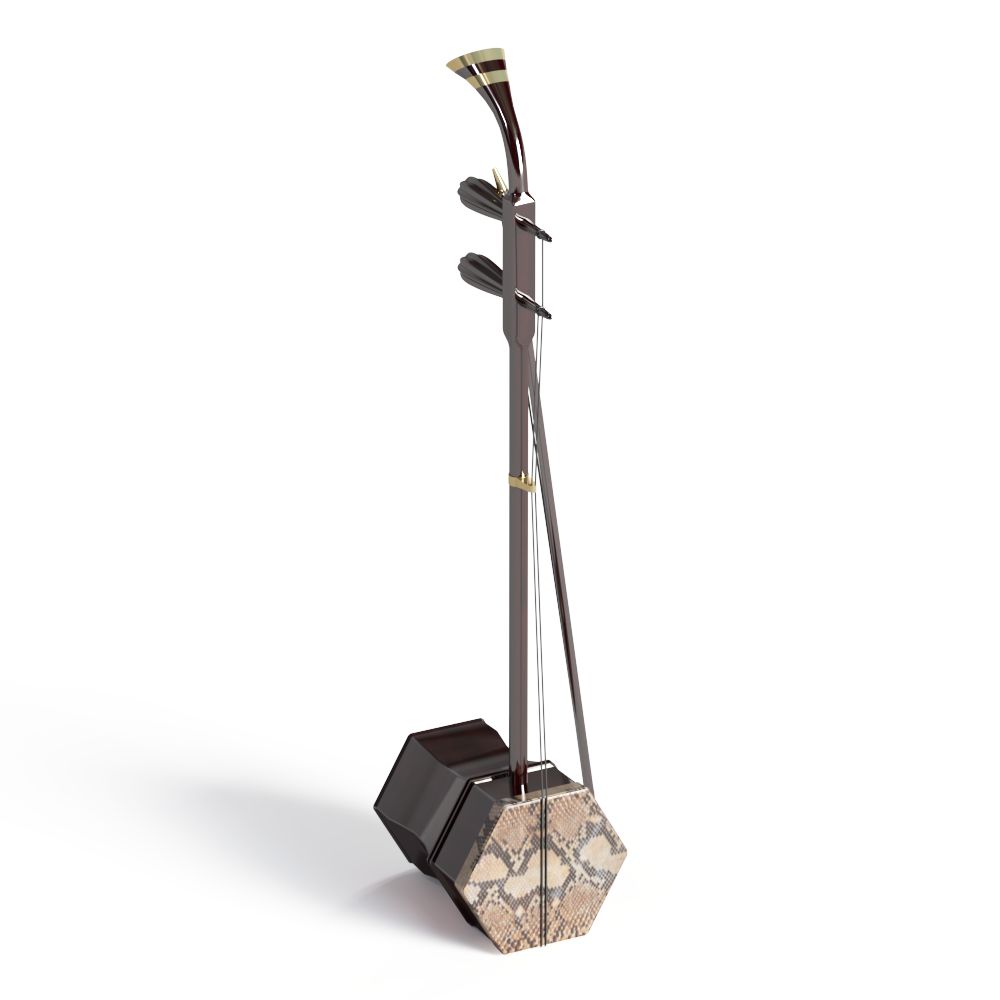What is the difference between Gaohu and Erhu
The gaohu is a high-pitched stringed instrument, so its timbre is crisp and bright, and it is good at expressing lyrical, cheerful and gorgeous melodies; while the erhu has a softer timbre and is a bass instrument, which is more suitable for performing sad melodies. In general, the gaohu's voice is a little sharper, the erhu's voice is thicker, the gaohu's timbre is higher than that of the erhu, and the gaohu has the characteristics of strong Cantonese music.

Gaohu's shape, structure, bowing technique, and playing symbols are the same as those of erhu. The main difference is that the qin barrel (resonance box) is slightly smaller than that of erhu. Window, the tuning is higher than the erhu pure fifth or pure fourth, and the commonly used range is a1 (g1) to b3 (a3).
Erhu is a common musical instrument. It originated in the Tang Dynasty and is called "Xiqin". It has a history of more than a thousand years and is a traditional Chinese stringed instrument.
The barrel is an important part of the erhu, which through the push and pull motion of the bow, vibrates the resonance body of the piano skin after rubbing the strings. The texture and shape of the barrel has a direct impact on volume and sound quality. Usually made of rosewood or mahogany.
There are two upper and lower shafts (also known as Qin Zhen), which play the role of adjusting the pitch. The upper shaft is tied to the inner string, and the lower shaft is tied to the outer string. There are two types of piano shafts: wooden shafts and mechanical shafts, both of which have their own advantages and disadvantages.
The strings are one of the sound bodies of the qin and one of the sound sources of the erhu. The quality of it directly affects the pronunciation. There are two kinds of strings: one is metal strings, which have the characteristics of good tension, good sound quality, good intonation and high sensitivity.
 渝公网安备 50010702504639号
渝公网安备 50010702504639号